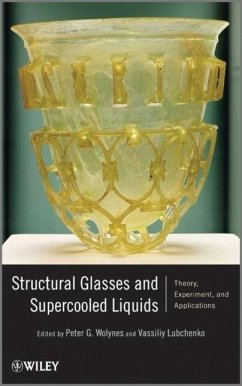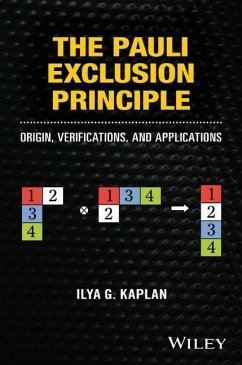
Neutrons in Soft Matter
Versandkostenfrei!
Versandfertig in über 4 Wochen
183,99 €
inkl. MwSt.
Weitere Ausgaben:

PAYBACK Punkte
92 °P sammeln!
A one-of-a-kind guide to the theory, instruments, and applications of neutron scattering techniques Neutrons in Soft Matter is the first guide of its kind to focus on the use of instruments in neutron research. It addresses the anticipated increase in demand for skilled researchers in the field, providing scientists with the tools they need to make the transition from the laboratory to large neutron facilities. Written by a team of experts in neutron research, this guidebook provides clear instructions on using neutron scattering techniques to conduct experiments in diverse areas, including bi...
A one-of-a-kind guide to the theory, instruments, and applications of neutron scattering techniques Neutrons in Soft Matter is the first guide of its kind to focus on the use of instruments in neutron research. It addresses the anticipated increase in demand for skilled researchers in the field, providing scientists with the tools they need to make the transition from the laboratory to large neutron facilities. Written by a team of experts in neutron research, this guidebook provides clear instructions on using neutron scattering techniques to conduct experiments in diverse areas, including biotechnology, nanotechnology, environmental science, and energy-related fields. It includes highly useful information for materials scientists, physicists, chemists, and biologists working with soft matter such as polymers, gels, micelles, supramolecules, and biomolecules, and instrumentation for them using steady and pulsed neutron sources. Complete coverage, from theory to applications, includes: * The basic concepts of neutron scattering * Small-angle neutron scattering (SANS), neutron reflectometry, quasielastic and inelastic neutron scattering, and neutron imaging * Data treatment * Sample environment * Numerous applications of small and large molecules, biomolecules, and gels * Global neutron sources and facilities with an overview of different reactors Timely, practical, and comprehensive, Neutrons in Soft Matter is an excellent resource for chemists, materials scientists, physicists, biologists, and anyone who would like to deepen his or her understanding of neutron scattering techniques.












